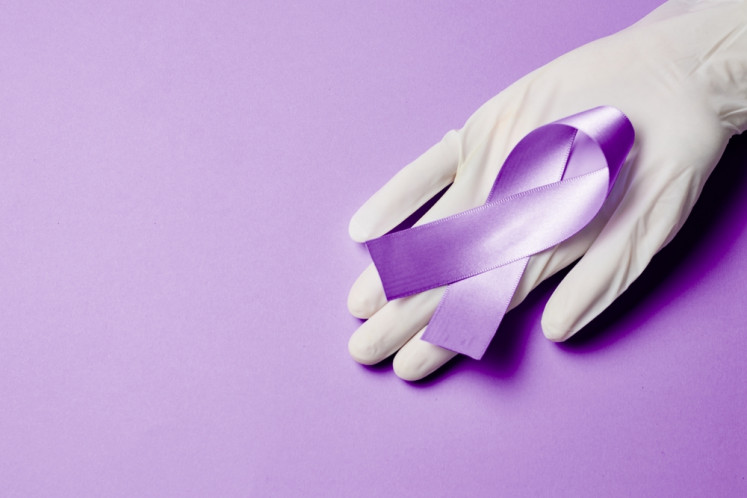Popular Reads
Top Results
Can't find what you're looking for?
View all search resultsPopular Reads
Top Results
Can't find what you're looking for?
View all search resultsPeatland agency gears up for haze crisis
Hartono Prawiraatmadja - JP/Jerry AdigunaThe newly established Peatland Restoration Agency (BRG), which is tasked with restoring 2 million hectares of damaged peatland over the next five years, is preparing to begin work amid fears of a repeat of the countryâs chronic haze problem
Change text size
Gift Premium Articles
to Anyone
Hartono Prawiraatmadja - JP/Jerry Adiguna
The newly established Peatland Restoration Agency (BRG), which is tasked with restoring 2 million hectares of damaged peatland over the next five years, is preparing to begin work amid fears of a repeat of the country's chronic haze problem.
The BRG said on Monday that hot spots had been detected in areas where the agency was to carry out restoration, a telltale sign of a looming haze crisis.
'[BRG head] Nazir Foead is currently in Pekanbaru, Riau, to coordinate [the agency's work there],' BRG deputy of participation, campaigns and partnerships, Myrna A. Safitri, said during a visit to The Jakarta Post.
In mid-February, the National Disaster Mitigation Agency (BNPB) detected 69 hot spots, including 14 in Riau and six in North Sumatra.
This year, the agency is focusing on four regencies: Pulang Pisau in Central Kalimantan, Musi Banyuasin in South Sumatra and Ogan Komering Ilir and Meranti Islands in Riau.
The four regencies were the worst-hit by last year's forest fires, when fires spread across a total of 2.61 million hectares of forest and peatland, resulting in choking haze blanketing numerous areas for a period of five months.
Peat swamps are highly susceptible to fires in the dry season. Anything from a carelessly discarded cigarette butt to a smoldering campfire can cause tinder-dry peat to blaze out of control and, in high winds, spread rapidly. Peat fires are also set deliberately by corporations and small-scale farmers who burn peat brush to clear the land for oil-palm plantations.
If the BRG is successful, uncontrolled peatland infernos will be a thing of the past, according to BRG secretary Hartono Prawiraatmadja.
'The fires will only occur on the surface [of the land], where they're much easier to put out,' he said.
With another potential haze crisis approaching, Hartono said that the agency had begun to map out which peatland could be safely used for cultivation and which should be preserved. 'In each peat hydrology area, we will analyze and review the land use using light detection and ranging [LiDAR] technology,' he said.
'There's no point rewetting in an area that is not the core of peat hydrology area. But we can still do rewetting [before the mapping is finished] in an emergency ' if we wait to complete the mapping when the area's already burning, it'll be too late,' he said.










